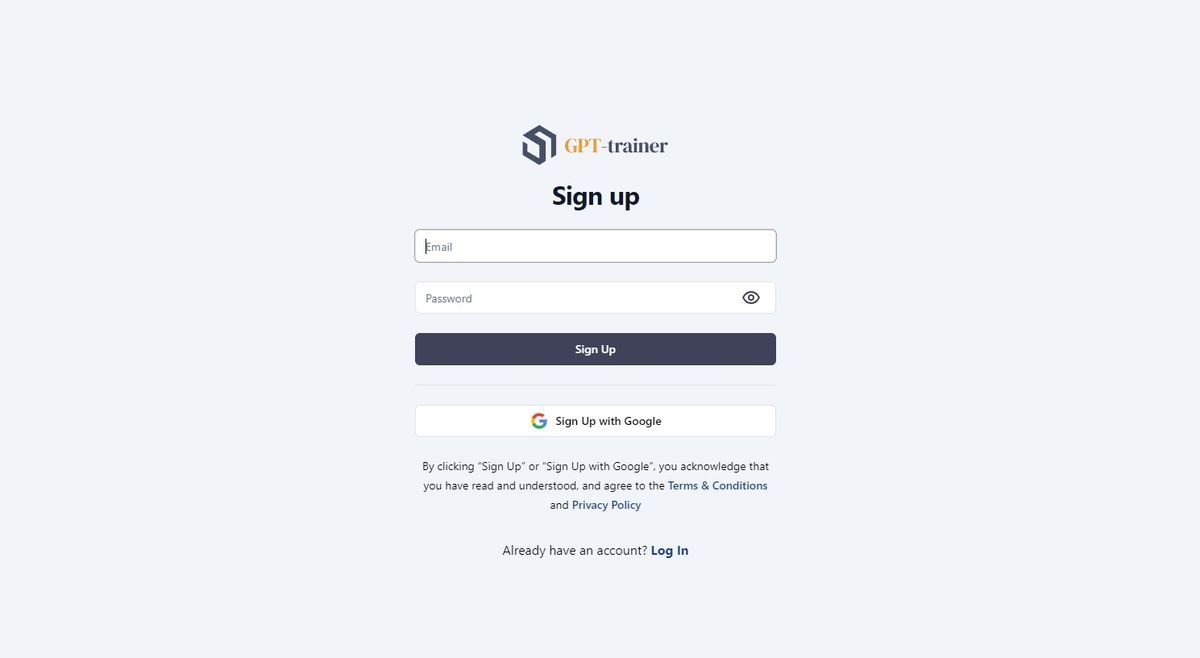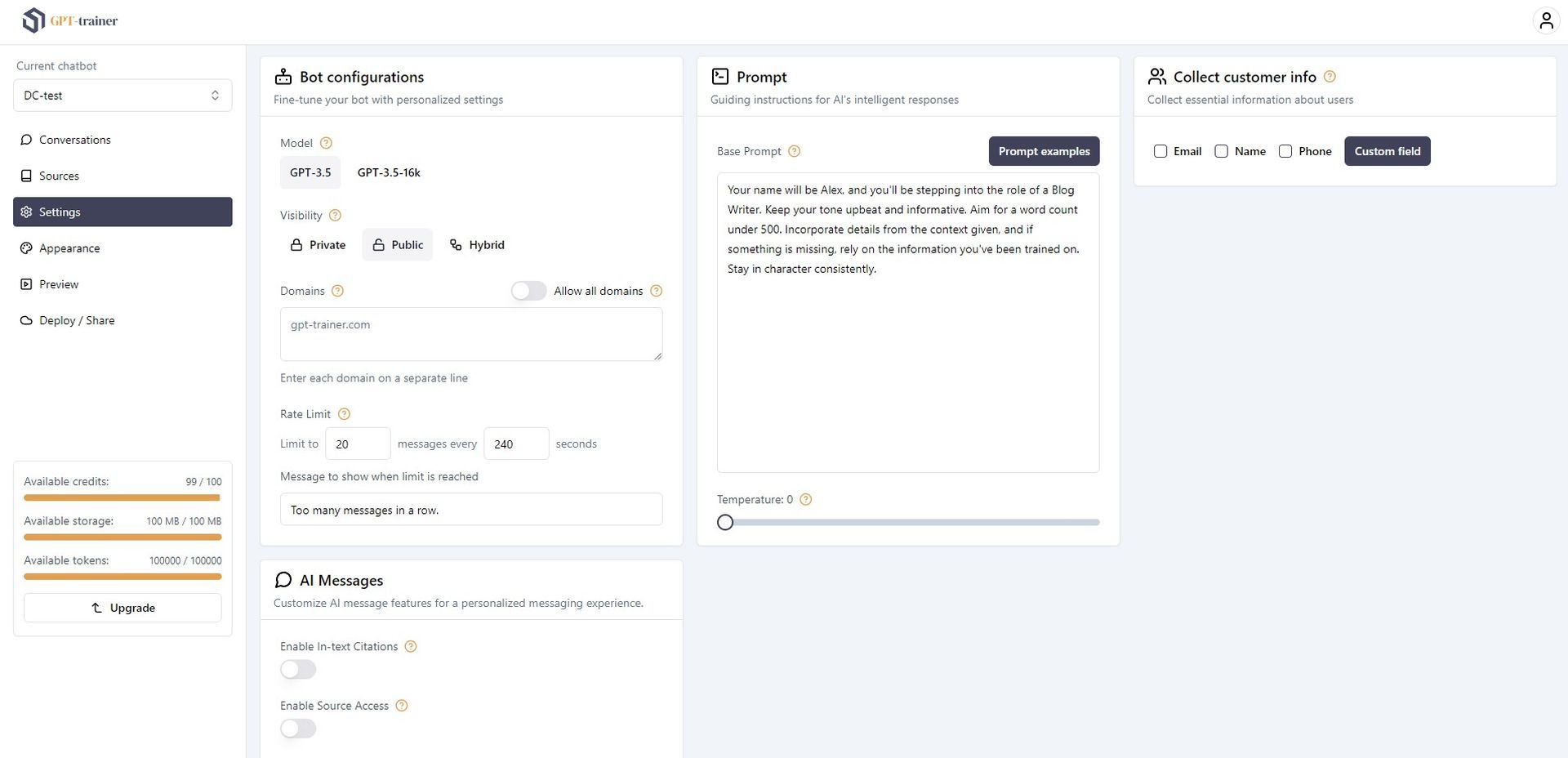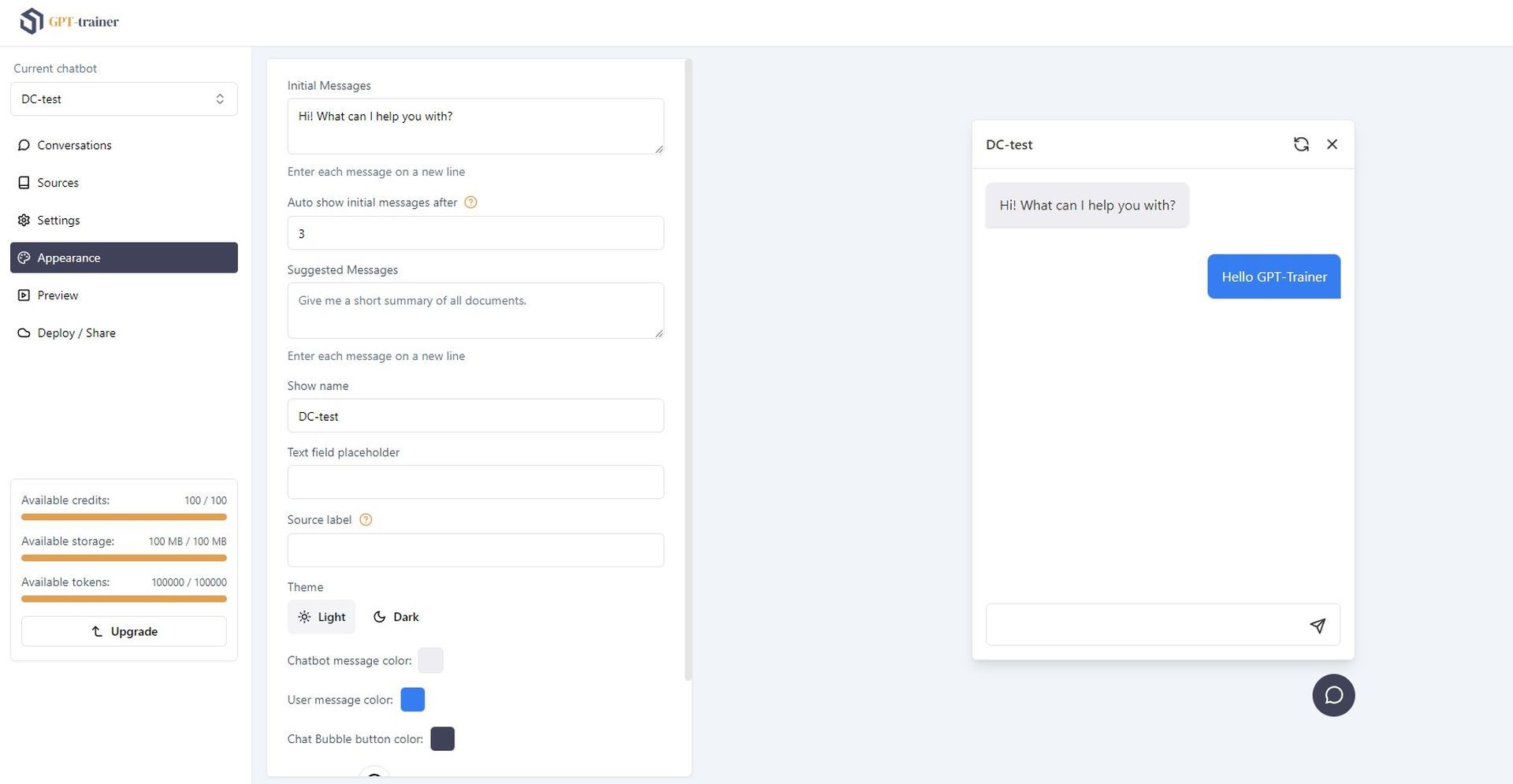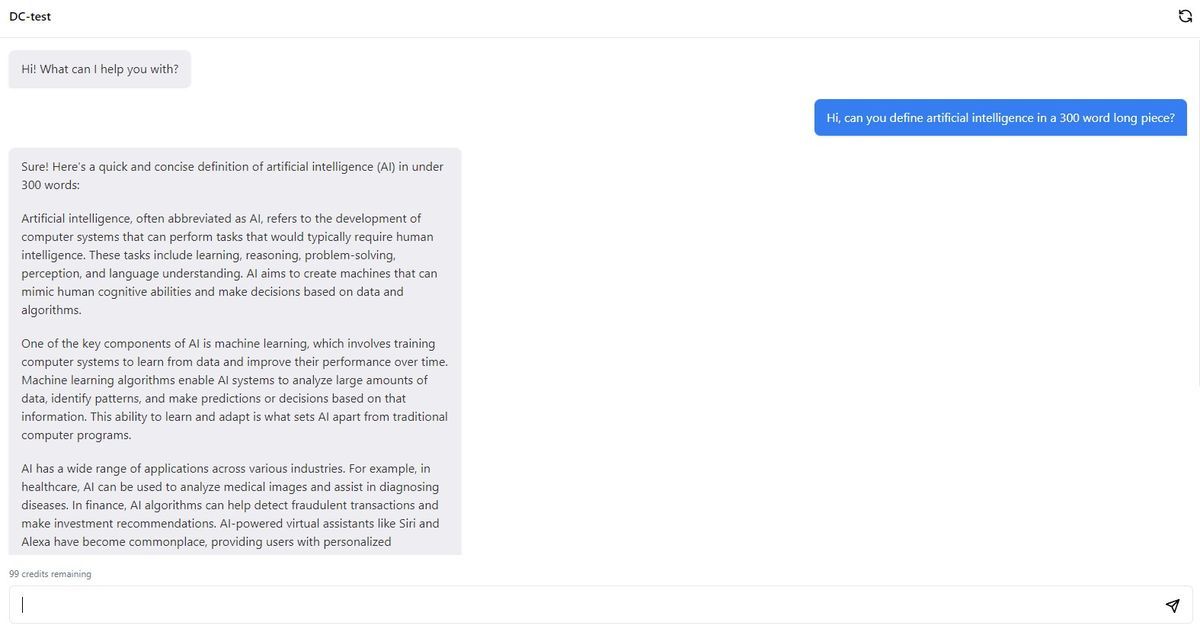GPT Trainer is a tool that’s set to change the narrative around the complexities of training large language models. It’s not just another utility; it’s an enabler that democratizes access to high-quality language models. This article guides you through the intricacies of GPT Trainer, showcasing its features, capabilities, and the straightforward process to create your very own chatbot.
Historically, the pathway to a successful AI model has resembled an obstacle course. It calls for an alchemy of data collection, preprocessing, code wizardry, and a discerning choice of model architecture. Picture yourself as an orchestral conductor, meticulously tuning each instrument—your data—before diving into the magnum opus that is the model’s training regimen.
Navigating this odyssey demands a series of meticulous steps, each peppered with its own set of quirks and quandaries. This labyrinthine complexity often serves as the moat around the castle of AI, keeping out a broader swath of potential innovators and practitioners.
What is GPT Trainer?
Emerging from the intellectual workshop of Matt Schumer, the GPT Trainer serves as a revolutionary toolkit for easing the elaborate and often daunting endeavor of large language model training. This tool alleviates the cumbersome steps of data wrangling, coding, and model selection, offering a lifeline for those who have long wrestled with such intricacies. Enter your project requirements, and voila—GPT Trainer churns out a dataset, formats it, and hones a LLaMA 2 model to meet your specific needs.
Training models is hard. You have to collect a dataset, clean it, get it in the right format, select a model, write the training code and train it. And that’s the best-case scenario. The goal of this project is to explore an experimental new pipeline to train a high-performing task-specific model. We try to abstract away all the complexity, so it’s as easy as possible to go from idea -> performant fully-trained model. Simply input a description of your task, and the system will generate a dataset from scratch, parse it into the right format, and fine-tune a LLaMA 2 or GPT-3.5 model for you.
-Matt Schumer

Features of GPT Trainer
- Auto-gathering of data: Central to GPT Trainer’s ingenious architecture is its capability to spawn datasets via the formidable GPT-4 engine. This eradicates the drudgery of sifting through data pools and refining them manually. Harnessing the GPT-4’s text-generating expertise, the system produces a sundry collection of prompts and responses designed for your bespoke project. It’s like having a personal stylist for your model, ensuring it’s exposed to a rich wardrobe of training data for maximum flair and functionality.
- Automated prompt crafting: Constructing an impactful system prompt can be the linchpin of your AI model’s effectiveness. GPT Trainer eradicates this pain point, autonomously fabricating prompts that align seamlessly with the context of your task. Imagine a skilled matchmaker, intuitively selecting the ideal prompts for your model, thus streamlining your project’s workflow.
- Hands-free fine-tuning: Once your custom dataset and prompts are ready, GPT Trainer assumes the role of a seasoned maestro, orchestrating the fine-tuning phase. The tool judiciously partitions the dataset into training and validation subsets, ensuring your model faces a rigorous evaluation round. Utilizing these subdivided datasets, GPT Trainer unfurls the fine-tuning stage on the avant-garde LLaMA 2 model. This crucial act tailors the generalized language model to your task’s unique requirements, culminating in a model that’s both precise and pertinent.

How does GPT Trainer work?
Initiating the GPT Trainer starts with inputting a task description. This triggers an automated chain of events: dataset generation, formatting, and model fine-tuning, with LLaMA 2 being the showcase model.
The tool leverages GPT-4 for three key steps: creating data, generating system messages, and the fine-tuning process. It autonomously splits the data into training and validation sets, readies the model for inference, and offers the flexibility to operate in Google Colab or a local Jupyter notebook. An OpenAI API key is required for operation.
What sets GPT Trainer apart is its adaptability. Users can select model types and adjust settings for response precision. The tool is also transparent, displaying metrics like training and validation loss to keep users in the loop.
How to use GPT Trainer?
- The process is really straight forward, just follow these steps:
- Go to the official GPT Trainer website. Click on “Get Started.”

- Register by providing your details or by linking your Google account.

- Once welcomed by GPT Trainer, click on “Create first chatbot.”

- Name your chatbot; for the purposes of this article, we’ll call it “DC-test.”

- On the left-hand side, you’ll see options such as “Settings,” “Appearance,” and “Preview.”
- In the “Settings” section, adjust elements like the language model, visibility, and rate limit. You can also set a base prompt for your chatbot; tailor these settings to your needs.

- For the base prompt, we input: “Your name will be Alex, and you’ll be stepping into the role of a Blog Writer. Keep your tone upbeat and informative. Aim for a word count under 500. Incorporate details from the context given, and if something is missing, rely on the information you’ve been trained on. Stay in character consistently.”
- Head to the “Appearance” section where you can input an initial message and choose a theme for your chatbot.

- After customizing, click “Preview” to test out your chatbot.
- We tested our chatbot with the prompt: “Hi, can you define artificial intelligence in a 300-word long piece?” The response was impressive!

- To share your chatbot, click on “Deploy/Share” and select a platform.
- There you have it. You’ve successfully created a chatbot without writing a single line of code.
Here’s why you are seeing an orange ChatGPT icon
Final remarks
GPT Trainer stands as an invaluable resource for anyone looking to navigate the often complicated waters of large language model training. With its user-friendly interface, customizable settings, and automated processes, this tool significantly reduces the barrier to entry in the AI field. It empowers you to focus on what really matters—your project’s goals—rather than getting bogged down in the technical details.
Featured image credit: Kerem Gülen/Midjourney





